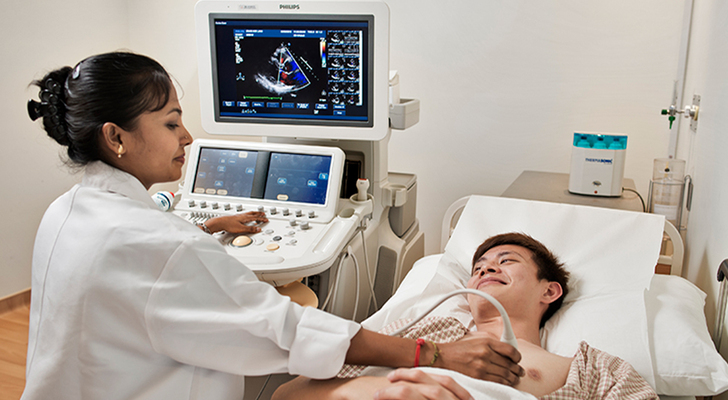
Scleroderma is described in medical literature as an autoimmune condition involving connective tissue. Presentations vary, with differences in extent and pattern across individuals. In some forms, involvement can include internal organs such as the heart, kidneys, and lungs. The term derives from “hard skin,” reflecting characteristic changes in the skin, and references note that connective tissue processes may extend beyond the skin to other organs.

The precise cause remains unclear. Studies discuss contributions from genetic susceptibility and environmental influences, together with immune-system activation. Descriptions include injury to small-vessel endothelium and downstream tissue changes. Fibrosis with increased collagen deposition is frequently noted as part of the process, and these alterations are described as departures from typical tissue architecture.

Signs depend on subtype and the tissues involved. Reports describe effects on blood vessels, kidneys, gastrointestinal tract, or lungs, as well as the skin. On the surface, literature mentions ongoing inflammation with sensations such as sensitivity, itch, or discomfort, followed by areas of thickening or tightening. Limbs and facial areas are commonly referenced, with potential impact on range of motion.

Potential risk discussions reflect the uncertainty about exact causes. Publications explore combinations of environmental exposures and individual susceptibility as contexts in which scleroderma has been observed. These associations are presented as hypotheses under study rather than definitive causal statements.

Some reviews consider infectious triggers among possible factors in predisposed individuals. Descriptions include vascular changes and collagen deposition as downstream findings. These themes appear in background sections of research articles and are framed as proposed mechanisms.

Reported consequences range from limited cutaneous involvement to broader systemic features. Accounts describe reduced ease of movement when skin becomes tight, together with swelling sensations. Facial involvement may be associated with decreased expressiveness or smaller mouth opening, and joints and muscles are sometimes noted as symptomatic in summaries.

Raynaud phenomenon is often discussed in connection with scleroderma. Literature notes that severe digital ischemia can lead to ulcers and, rarely, tissue loss, with occasional references to amputation in advanced cases. Respiratory descriptions include shortness of breath when lung tissue or pulmonary circulation is involved, and elevated blood pressure measures are discussed in both systemic and pulmonary contexts.

Diagnostic overviews describe clinical evaluation tailored to the organs involved. Common elements include physical examination and laboratory testing for specific autoantibodies associated with scleroderma. These antibodies are characterized as immune-system products that serve as markers in classification and research settings.

Additional assessments discussed in sources include skin biopsy for histologic evaluation, pulmonary function testing, and imaging such as high-resolution CT for lungs. Cardiac assessments, including echocardiography, are described for evaluating heart structure and function. These tools are presented as part of broader frameworks used to document organ involvement.
Learn more about scleroderma at NIAMS.

